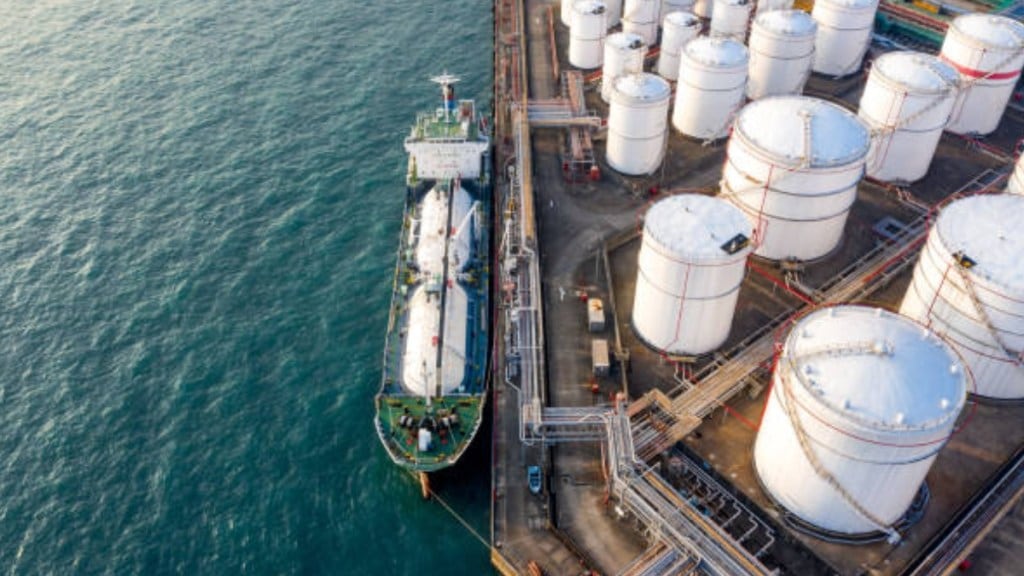India’s crude import Bill increased 4.9% during the first eight months of the current fiscal 2024-25 to $91.7 billion against $87.4 billion in the same period in FY24, data from the Petroleum Planning and Analysis Cell showed. The country imported 159.2 million tonnes of crude oil during April to November, up 3.4% from 154.7 million tonnes in the corresponding period of last fiscal.
In November however, the import Bill for crude oil declined by almost 13% whereas the volume jumped by 2.7% to 19.1 million tonnes compared to November 2023.
The country’s dependency on import of crude oil during April to November of the current fiscal rose to 88.1%, up from 87.6% in the corresponding period of FY24 amid rising demand and stagnant domestic production.
Upstream companies produced 19.1 million tonnes of crude oil during the period, slightly down from 19.6 million tonnes in the same period last fiscal. The declining trend in production can be attributed to maturing of the existing oil fields amid lack of new areas of production, as per analysts. In November too, production fell marginally to 2.3 million tonnes from 2.4 million tonnes last year.
Despite the government’s efforts to boost production and reduce dependency on imports, the production has remained stagnant over the last ten years and the country’s dependency on imports has only increased. However, state-run major oil explorer Oil and Natural Gas Corp expects to increase its output in the coming two years with production to start in a clutch of new fields.
In 2023, the company acquired more than 32,000 square kilometers of new acreages, taking the total area to around 180,000 SKM. ONGC expects its acreage to increase to 250,000 SKM once the OALP’s 9th round results are formalised.
With the recent amendments in the Oilfields (Regulation and Development) Act, 1948, the government expects increased participation from the domestic and international players. The amendment broadens the definition of mineral oils which includes any naturally occurring hydrocarbon, coal bed methane, oil shale, shale gas, etc.
Oil minister Hardeep Singh Puri on multiple occasions has said that the government is also constantly engaging with international oil and gas companies to boost domestic output.
Stagnant domestic output and rising import dependency does not bode well for India at a time when the geopolitical tensions are on the rise.
Russia remained the largest crude supplier to India in November accounting for 38% of India’s total crude oil imports. However, imports from the country registered a marginal decline of 4% to 1.60 million barrels per day against 1.67 million barrels per day in October, data from Vortexa showed.
Russia remains India’s largest crude supplier, though imports are unlikely to exceed 2 million barrels per day in the near term, according to Kpler. “This is due to higher Russian refinery runs as autumn maintenance concludes and less drone activity impacting its facilities,” it said.
However, Indian upstream companies are now more open to overseas investments and venturing to newer locations, according to analysts.


